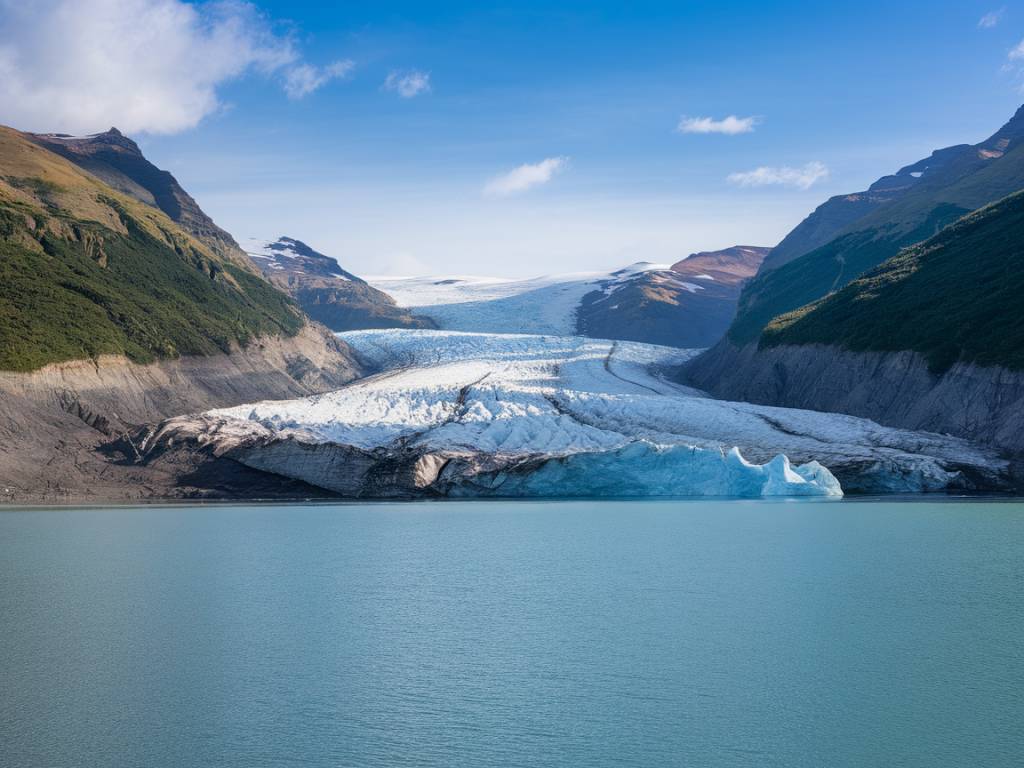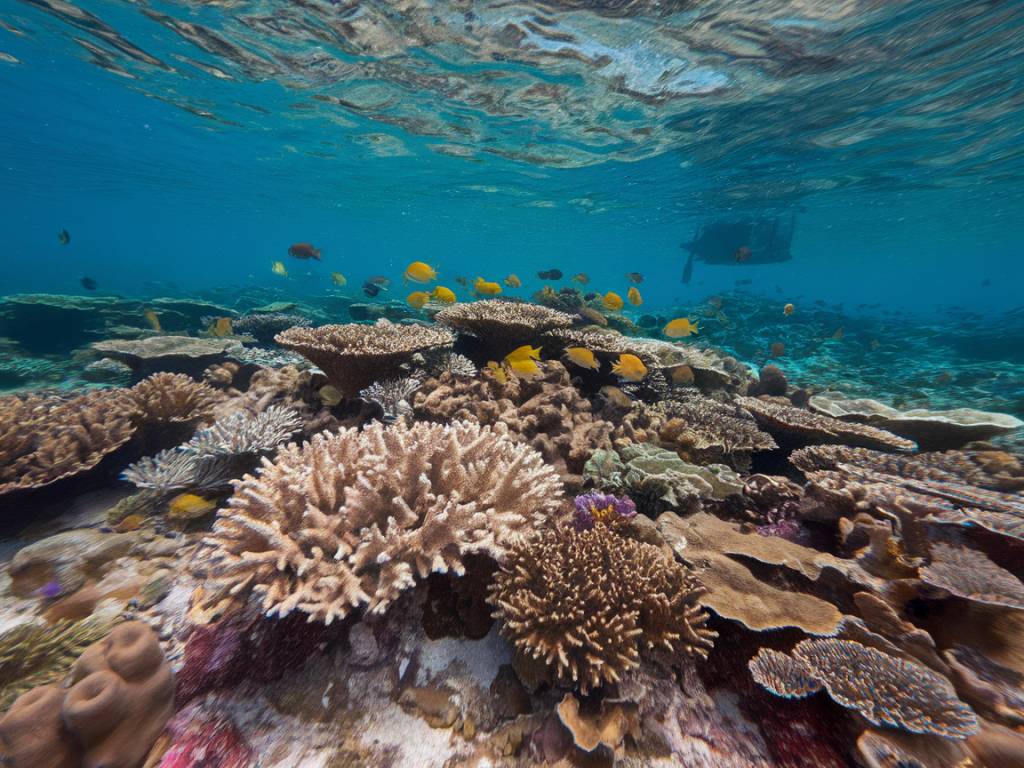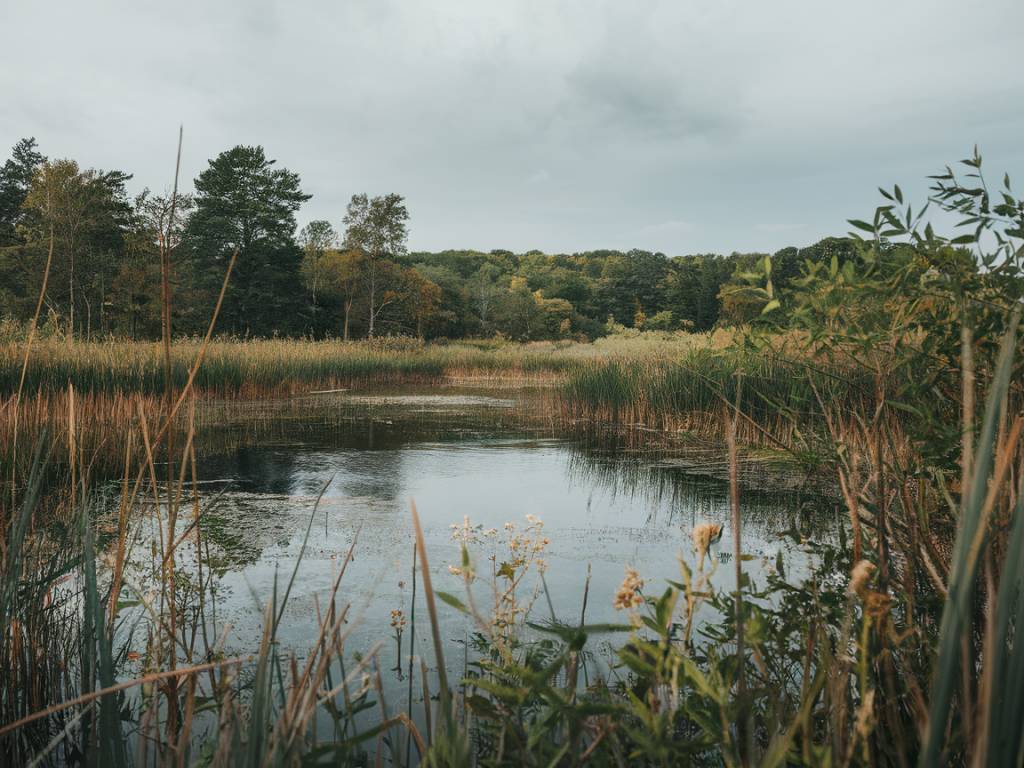The Unsung Heroes: Wetlands in the Fight Against Climate Change
Picture a landscape teeming with rich biodiversity, a vibrant ecosystem that is not only a sanctuary for wildlife but also a powerful ally in our battle against climate change. This is the world of wetlands, often overlooked but crucial in our environmental strategies. But what makes these areas so special, and how do they help mitigate the impacts of climate change? Let’s dive into the fascinating intricacies of wetlands and their vital role in our shared ecological future.
The Ecological Architects
Wetlands act as nature’s own architects, designing and maintaining complex ecosystems that host a diverse array of flora and fauna. These ecosystems include marshes, swamps, bogs, and fens, each characterized by unique hydrological conditions and plant species. But what unifies them is their ability to support life in a precarious balance between land and water.
The plant life found in wetlands, for example, is specialized to thrive in saturated soils. This vegetation not only supports a wide range of wildlife but also plays a crucial role in carbon sequestration. Unlike typical land plants, wetland vegetation decomposes at a slower rate, allowing them to trap carbon in the soil for extended periods.
Carbon Sinks and Climate Buffers
When we talk about combating climate change, carbon sinks are often a hot topic. Wetlands are among the most efficient carbon sinks on the planet. Their waterlogged soils slow down the decomposition of organic material, effectively locking carbon away and preventing it from reentering the atmosphere.
Scientific studies have shown that wetlands can store up to 210 Gigatons of carbon, making them invaluable in our efforts to reduce atmospheric carbon dioxide levels. This ability to sequester carbon is not just theoretical; it’s a proven mechanism that underscores the importance of protecting and restoring wetland areas.
Natural Sponges Against Natural Disasters
Beyond carbon sequestration, wetlands provide a litany of ecosystem services that bolster environmental resilience. Acting as natural sponges, they absorb and store excess rainfall, mitigating flood risks and protecting surrounding areas. This capability is increasingly important as climate change contributes to more frequent and severe weather events.
But wetlands do more than just absorb floodwaters; they also facilitate groundwater recharge and improve water quality by filtering pollutants through their intricate root systems. Imagine the cost savings in flood protection and water treatment: wetlands offer these services free of charge, if only we allow them to flourish.
A Haven for Biodiversity
If you were to set foot in a thriving wetland, you’d encounter an ecosystem alive with diversity. From migratory birds to amphibians, fish to mammals, wetlands are home to an impressive variety of species. This biodiversity is not merely enchanting; it’s vital for ecological stability and function.
However, with about 64% of the world’s wetlands lost since 1900, we risk losing these natural sanctuaries that so many species depend on. Protecting wetlands is, therefore, not just about climate change mitigation; it’s about preserving the intricate web of life that thrives within them.
Restoration: An Essential Strategy
Restoring degraded wetlands is not a Herculean task but an essential strategy in our climate action arsenal. Successful restoration stories abound, from the Everglades in Florida to peatland projects in the United Kingdom. These efforts are not only reviving ecosystems but are also restoring communities, offering new opportunities for sustainable livelihoods.
But how do we prioritize wetland restoration in global climate policies? We can start by valuing the ecosystem services they provide, integrating them into national accounting systems, and ensuring local communities are active stakeholders in conservation efforts. After all, who better to protect these areas than those who live in close harmony with their rhythms?
A Call to Action: Embracing Wetlands in Policy and Practice
Incorporating wetlands into comprehensive climate strategies is a call to action that cannot be ignored. They offer us a natural solution, one which we cannot afford to overlook. As Theo Marchand eloquently puts it, « Wetlands are nature’s gift to humanity, a promising frontline in our climate battle. »
So, as we explore new green technologies and sustainable initiatives, let’s also remember the age-old wisdom of preserving what already works. Wetlands, with their unparalleled abilities, could very well be the unsung heroes we’ve been seeking. Isn’t it time we gave these remarkable ecosystems the recognition and protection they deserve?
As you walk away from this read, perhaps next time you pass by a wetland, you’ll pause to admire not just its beauty but also its compelling role in our fight against climate change. After all, even the smallest contribution to preserving these natural wonders can ripple into substantial ecological benefits over time.



